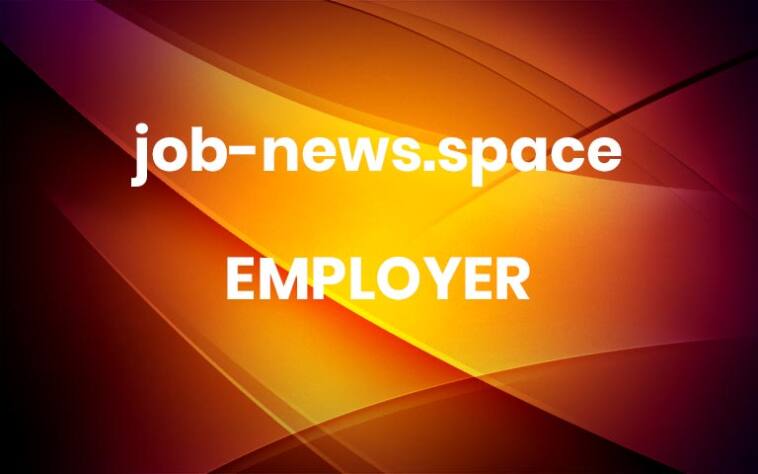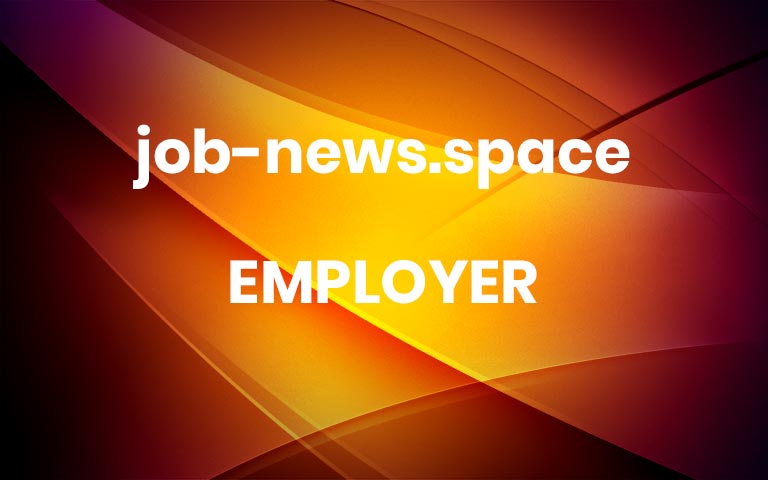Elevating Your Employer Brand: A Deep Dive with CBRE
As the world’s largest commercial real estate firm, CBRE understands the power of a strong employer brand. But how does a B2B company like CBRE stand out in a crowded talent market and attract top talent beyond the real estate industry? To shed light on this, we interviewed Debbie Celado, CBRE’s Global Head of Talent…
Elevating Your Employer Brand: A Deep Dive with CBRE Undercover Recruiter – More



